Flavor —— From Food to Behaviors, Wellbeing and Health
----- 味道:从食品到行为,健康和卫生
Andree Voilley and Patrick Etievant published a book entitled âFlavour in Foodâ in 2006. Since then, few progress was made in the field of flavor and taste constituents and of their interactions in various food matrices during the production process, the storage or the maturation of food and finally during eating. When our Publisher asked us an update for this edition, we thought that it was not the best thing to do, but that we should take advantage of this offer to publish a sort of follow-up of this first edition. In the last 10 years, it was obvious that large research efforts were made to understand how odor components stimulate the numerous receptors discovered in the early 1990s by Buck and Axel, and the same also happened for taste compounds and their receptors. Due to this knowledge, different teams focused their interest on the integration of the multiple nervous signals thus generated in different specific parts of the brain, beginning from peripherical structures to more central areas. More recently, scientific experts began to uncover the complex relations between odor and taste stimulations and physiological regulation associated with energy homeostasis. These authors therefore bring us new clues to understand better how the sensory image is formed in our brain, how it is stored and how it is then used in the elaboration and modulation of our eating choices and habits. We therefore decided to propose this book entitled âFlavor: From Food to Behaviors, Wellbeing and Health,â as a follow up of the previous one, and asked Elisabeth Guichard and Christian Salles to join us in the editorial team. Our first objective was to clarify the progress made in the release of flavor and taste compounds in the mouth during mastication and ingestion. This part aimed at making a link with the first edition, with a focus on the recent investigations in the field. The second was to make a synthesis of the scattered and recent knowledge acquired on the nervous odor and taste signals arising from interactions with receptors expressed in the nasal and oral cavity, and coded in the olfactory bulb and primary taste cortex. In order to answer questions related to the real world, we made a particular emphasis of the complex processing of the multiple signals sent mainly by the olfactory epithelium, the taste buds, and the trigeminal nerve, mainly into amygdala and orbitofrontal cortex, and in other parts of our brain. Beyond these interactions, we also wanted to clarify the potential use of this type of knowledge in food selling, the so-called neuro-marketing. We decided to dedicate an important part of this book on scientific elements enabling us to understand how taste and odors can interfere in the regulation of physiological signals regulating food intake. Since the physiological status of subjects may impact this regulation, a special point had to be made on taste perception in obese people and people subject to metabolic and neurodegenerative diseases, as well as cancer. Finally, we wanted to make a specific point on sensory learning related to our first feeding experiences in life. The importance for industries to simulate and predict the sensory perception in flavor and food formulation imposed us to develop specifically this aspect when it was pertinent and useful. Thanks again to the authors of the different chapters for their fantastic job and for the constructive exchanges we had to adjust their different inputs, thus avoiding redundancies. We learned a lot reading their manuscripts, discovering recent knowledge, and understanding better complex theories. We are for that confident that you will also on your turn appreciate the reading of this book.
{{comment.content}}
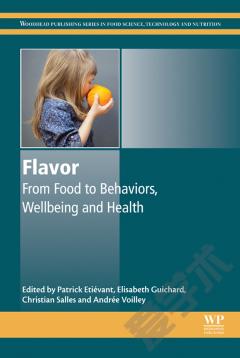
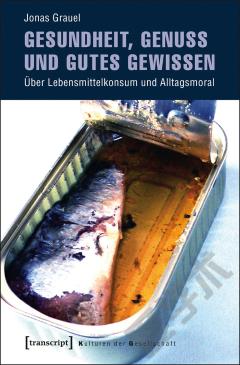
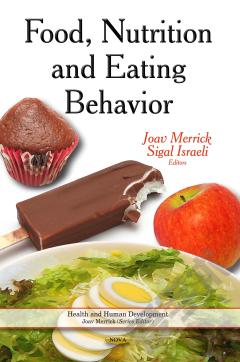


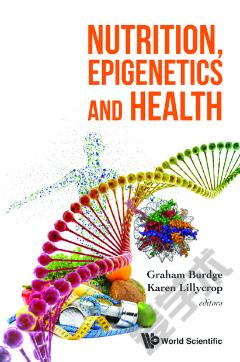
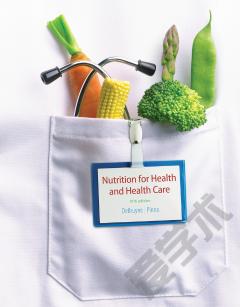

 京公网安备 11010802027623号
京公网安备 11010802027623号